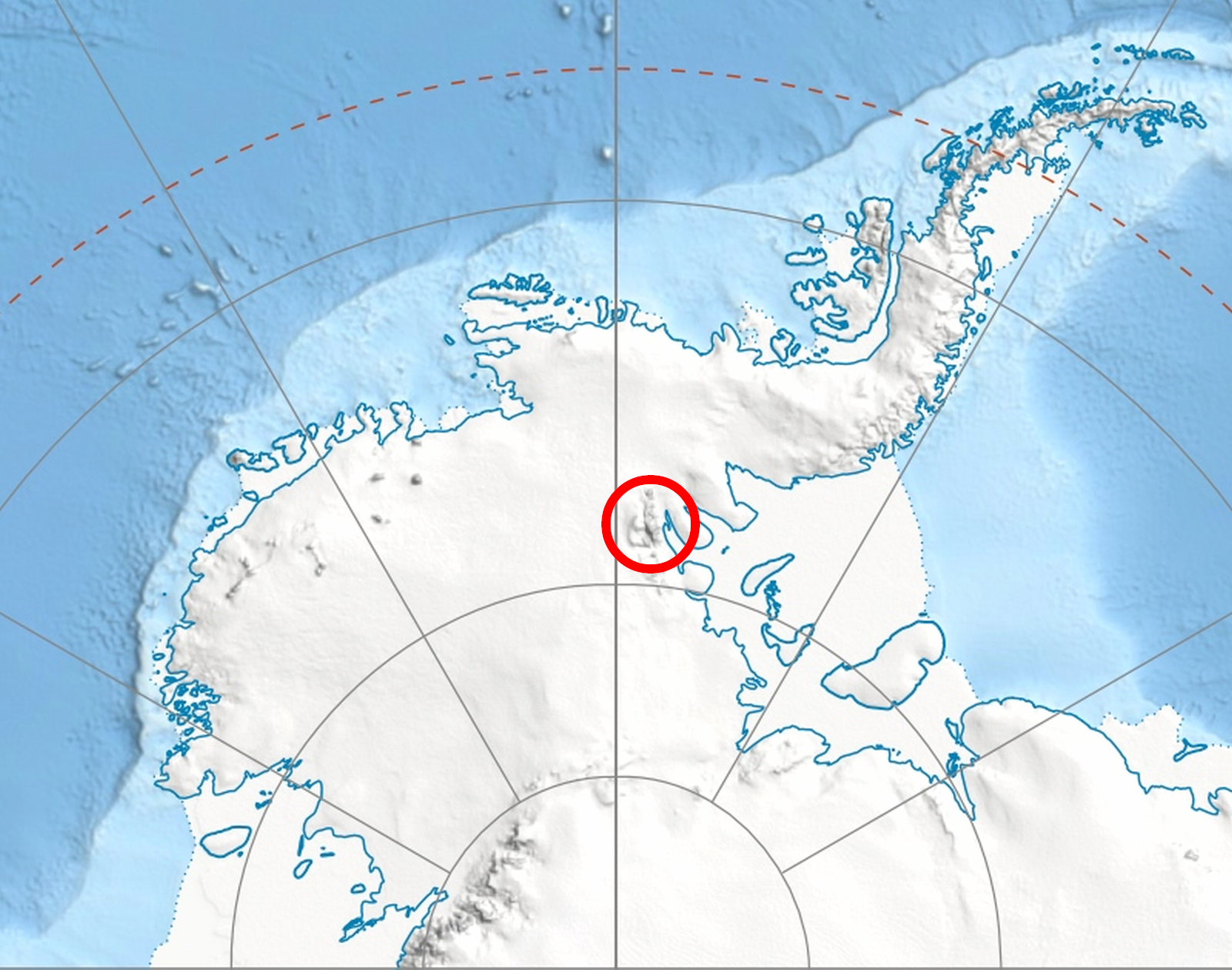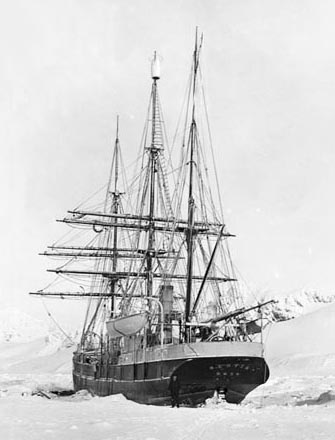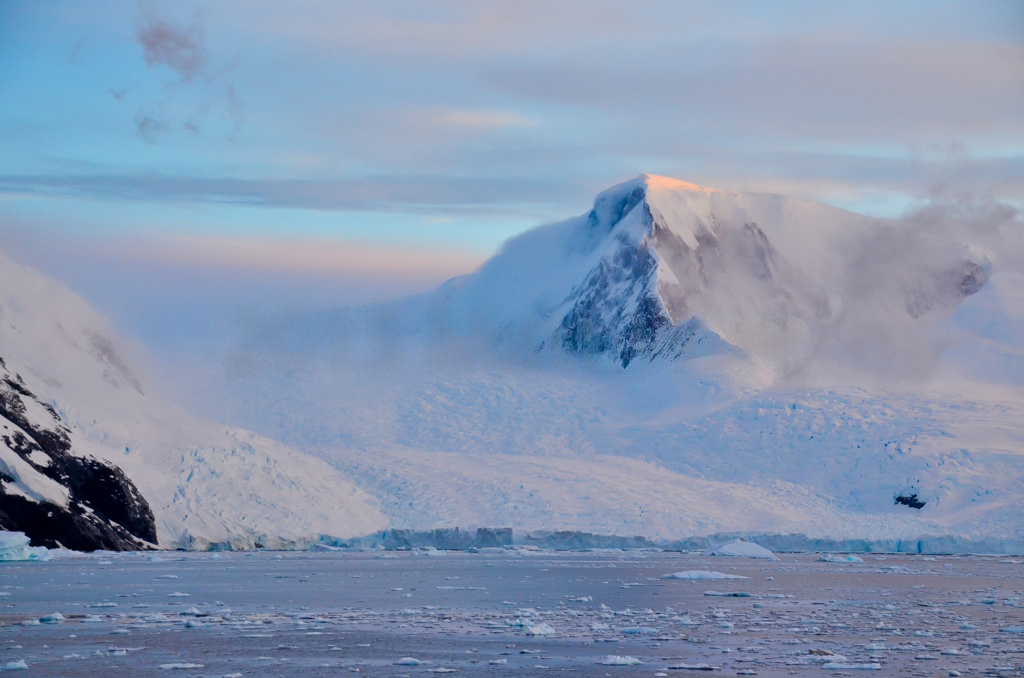|
Scottish Place Names In Other Countries
This page is a list of place names in Scotland which have subsequently been applied to other parts of the world by Scottish emigrants or explorers, or contain distinctive Scottish surnames as an element. Antarctica * Ailsa Craig (South Orkney Islands) * Anderson Peninsula * Dundee Island and Firth of Tay * Inverleith Harbour * McDonald Ice Rumples * McMurdo Sound, McMurdo Ice Shelf and McMurdo Station * McIntyre Island * MacKenzie Bay * Mount Campbell * Mount Crawford (Antarctica) * Mount Dalrymple * Mount Douglas (Antarctica) * Mount Hamilton (Antarctica) * Mount Inverleith * Mount Kirkpatrick/Kilpatrick and Kirkpatrick Basalt (named for a Glasgow businessman) * Mount Strathcona * Robertson Island * Robertson Islands * Scotia Arc and Scotia Sea * South Orkneys ** Cape Geddes ** Laurie Island (named by Scottish National Antarctic Expedition) ** Nigg Rockbr>** Orcadas Base ** Omond Hous** Scotia Bay * South Shetlands ** Barclay Bay ** Duff Point ** Gibbs Island ** L ... [...More Info...] [...Related Items...] OR: [Wikipedia] [Google] [Baidu] |
Scotland
Scotland (, ) is a country that is part of the United Kingdom. Covering the northern third of the island of Great Britain, mainland Scotland has a border with England to the southeast and is otherwise surrounded by the Atlantic Ocean to the north and west, the North Sea to the northeast and east, and the Irish Sea to the south. It also contains more than 790 islands, principally in the archipelagos of the Hebrides and the Northern Isles. Most of the population, including the capital Edinburgh, is concentrated in the Central Belt—the plain between the Scottish Highlands and the Southern Uplands—in the Scottish Lowlands. Scotland is divided into 32 administrative subdivisions or local authorities, known as council areas. Glasgow City is the largest council area in terms of population, with Highland being the largest in terms of area. Limited self-governing power, covering matters such as education, social services and roads and transportation, is devolved from the ... [...More Info...] [...Related Items...] OR: [Wikipedia] [Google] [Baidu] |
Mount Crawford (Antarctica)
Mount Crawford is a mountain with two summits, , standing northwest of Mount Dawson in the northern part of the main ridge of the Sentinel Range. It was discovered by Lincoln Ellsworth on his trans-Antarctic flight of November 23, 1935, and named by the Advisory Committee on Antarctic Names for William B. Crawford, Jr., of the Branch of Special Maps, U.S. Geological Survey, which prepared the 1962 map of this range. See also * Mountains in Antarctica This is a list of all the Ultra prominent peaks (with topographic prominence greater than 1,500 metres) in Antarctica. Some islands in the South Atlantic have also been included and can be found at the end of the list. Antarctica South Atl ... References * Mountains of Ellsworth Land {{EllsworthLand-geo-stub ... [...More Info...] [...Related Items...] OR: [Wikipedia] [Google] [Baidu] |
Nigg Rock
Nigg Rock () is an insular rock, 165 m (510 ft) high, lying 0.5 nautical miles (0.9 km) northwest of Route Point, the northwest tip of Laurie Island in the South Orkney Islands. It is between the Mackenzie Peninsula (named after the family of Jessie Mackenzie), and Eillium Island (named after their son, born 1902). First seen and roughly charted by Captain George Powell and Captain Nathaniel Palmer on the occasion of their joint cruise in 1821. Recharted in 1903 by the Scottish National Antarctic Expedition under William S. Bruce, who named it for the birthplace of his wife, Nigg Bay in Cromarty Cromarty (; gd, Cromba, ) is a town, civil parishes in Scotland, civil parish and former royal burgh in Ross and Cromarty, in the Highland (council area), Highland area of Scotland. Situated at the tip of the Black Isle on the southern shore o ... in Scotland. References ''Voyage of the Scotia 1902-04 The Antarctic; Nigg Rock'' Rock formations of the South Orkney ... [...More Info...] [...Related Items...] OR: [Wikipedia] [Google] [Baidu] |
Scottish National Antarctic Expedition
The Scottish National Antarctic Expedition (SNAE), 1902–1904, was organised and led by William Speirs Bruce, a natural scientist and former medical student from the University of Edinburgh. Although overshadowed in terms of prestige by Robert Falcon Scott's concurrent Discovery Expedition, the SNAE completed a full programme of exploration and scientific work. Its achievements included the establishment of a staffed meteorological station, the first in Antarctic territory, and the discovery of new land to the east of the Weddell Sea. Its large collection of biological and geological specimens, together with those from Bruce's earlier travels, led to the establishment of the Scottish Oceanographical Laboratory in 1906. Bruce had spent most of the 1890s engaged on expeditions to the Antarctic and Arctic regions, and by 1899 was Britain's most experienced polar scientist. In March of that year, he applied to join the Discovery Expedition; however, his proposal to extend th ... [...More Info...] [...Related Items...] OR: [Wikipedia] [Google] [Baidu] |
Laurie Island
Laurie Island is the second largest of the South Orkney Islands. The island is claimed by both Argentina as part of Argentine Antarctica, and the United Kingdom as part of the British Antarctic Territory. However, under the Antarctic Treaty System all sovereignty claims are frozen, as the island lies south of the parallel 60°. Buchanan Point at the north-eastern end of the island, with Cape Whitson on its south coast, are Important Bird Areas. History Laurie Island was discovered by Captains George Powell and Nathaniel Palmer in the course of their 1821 expedition to the South Atlantic. Richard Holmes Laurie used Powell's observations to create a map of the island, and subsequently, the island was named after him. Two years later, James Weddell mapped the island for the second time, though his charts turned out to be much less accurate than Powell's charts. Weddell attempted to rename the island to Melville Island for the 2nd Viscount Melville, but the name failed to s ... [...More Info...] [...Related Items...] OR: [Wikipedia] [Google] [Baidu] |
South Orkneys
The South Orkney Islands are a group of islands in the Southern Ocean, about north-east of the tip of the Antarctic Peninsula''Antarctica: Secrets of the Southern Continent'' p. 122 David McGonigal, 2009 and south-west of . They have a total area of about . The islands are claimed both by Britain (as part of the since 1962, previously as a [...More Info...] [...Related Items...] OR: [Wikipedia] [Google] [Baidu] |
Scotia Arc
The Scotia Arc is the island arc system forming the north, east and south border of the Scotia Sea. The northern border, the North Scotia Ridge, comprises (from west to east) Isla de los Estados at the tip of Tierra del Fuego, the Burdwood, Davis, and Aurora Banks; the Shag, South Georgia Island and Clerke Rocks. The eastern border comprises the volcanic South Sandwich Islands flanked by the South Sandwich Trench. The southern border, the South Scotia Ridge, (east to west) comprises Herdman, Discovery, Bruce, Pirie, and Jane Banks; the South Orkney Islands and Elephant Island. The Bransfield Strait, finally, separates the arc from the South Shetland Islands and James Ross Island flanking the tip of the Antarctic Peninsula. The Scotia Arc surrounds the small Scotia and South Sandwich Plates. The arc is formed by continental fragments that once formed a land bridge between South America and Antarctica, once part of the subduction margin that still forms the Andes. An ances ... [...More Info...] [...Related Items...] OR: [Wikipedia] [Google] [Baidu] |
Robertson Islands
The Robertson Islands or Robertsons Islands are a group of islands extending 6 km southward of the south-eastern extremity of Coronation Island in the South Orkney Islands of Antarctica. They were discovered and roughly charted by Captains George Powell and Nathaniel Palmer in December 1821 and named by James Weddell in 1823. Important Bird Area The northern islands of the group (those north of Atriceps Island), including Matthews, Coffer, Steepholm and Skilling Islands with their associated islets and skerries, have been identified as an Important Bird Area (IBA) by BirdLife International because they support substantial breeding colonies, totalling about 35,000 pairs, of chinstrap penguins. Snow petrel The snow petrel (''Pagodroma nivea'') is the only member of the genus ''Pagodroma.'' It is one of only three birds that has been seen at the Geographic South Pole, along with the Antarctic petrel and the south polar skua, which have the most s ...s also breed in ... [...More Info...] [...Related Items...] OR: [Wikipedia] [Google] [Baidu] |
Robertson Island
Robertson Island is an ice-covered island, long in a northwest-southeast direction and wide, lying at the east end of the Seal Nunataks off the east coast of the Antarctic Peninsula. Captain Carl Anton Larsen discovered Robertson Island from the ''Jason'' on 9 December 1893. Curious to find out if the volcano was active he skied to the top from the north side of the island, later naming it Mt. Christensen after his longtime partner and majority owner of the ''Jason'', Christen Christensen. Larsen named Robertson Island for William Robertson, co-owner of the Hamburg-based company Woltereck and Robertson. San Roque Refuge San Roque Refuge () was an Argentine Antarctic refuge located on Robertson Island at the east end of the Foca nunataks off the Nordenskjöld coast east of the Antarctic Peninsula. The shelter was opened on 1 October 1956, and was administered by the Argentine Army. The refuge had been occupied and used in various operations and currently is inactive. It is ... [...More Info...] [...Related Items...] OR: [Wikipedia] [Google] [Baidu] |
Mount Strathcona
Mount Strathcona () is a mountain, 1,380 m high, rising above the continental ice on the west side of Denman Glacier, 11 miles south of Mount Barr Smith, in Antarctica. It was discovered by the Australasian Antarctic Expedition under Douglas Mawson Sir Douglas Mawson OBE FRS FAA (5 May 1882 – 14 October 1958) was an Australian geologist, Antarctic explorer, and academic. Along with Roald Amundsen, Robert Falcon Scott, and Sir Ernest Shackleton, he was a key expedition leader duri ..., 1911–14, and named by him for Lord Strathcona, High Commissioner for Canada in 1911, a patron of the expedition. References Mountains of Queen Mary Land {{QueenMaryLand-geo-stub ... [...More Info...] [...Related Items...] OR: [Wikipedia] [Google] [Baidu] |
Mount Kirkpatrick
Mount Kirkpatrick is a lofty, generally ice-free mountain in Antarctica's Queen Alexandra Range. Located 8 km (5 mi) west of Mount Dickerson, Mount Kirkpatrick is the highest point in the Queen Alexandra Range, as well as in its parent range, the Transantarctic Mountains. Discovered and named by the British Antarctic Expedition (1907–1909), the mountain was named for a Glasgow businessman, who was one of the original supporters of the expedition. ''Mount Kilpatrick'' is an alternate name for this mountain. Mount Kirkpatrick as a fossil site Mount Kirkpatrick holds one of the most important fossil sites in Antarctica, the Hanson Formation. Because Antarctica used to be warmer and supported dense conifer and cycad forest, and because all the continents were fused into a giant supercontinent called Pangaea, many ancient Antarctic wildlife share relatives elsewhere in the world. Among these creatures are tritylodonts, herbivorous mammal-like reptiles that are p ... [...More Info...] [...Related Items...] OR: [Wikipedia] [Google] [Baidu] |
Mount Inverleith
Mount Inverleith () is a mountain, high, overlooking Andvord Bay, located roughly five miles due south of the bay's southern shoreline ( Lester Cove). Mount Inverleith is flanked by Dallmeyer Peak to the north and by the Grubb Glacier and Bagshawe Glaciers to the west. It is located roughly 9.5 miles southwest of Brown Station, on Danco Coast in western Graham Land, Antarctica Antarctica () is Earth's southernmost and least-populated continent. Situated almost entirely south of the Antarctic Circle and surrounded by the Southern Ocean, it contains the geographic South Pole. Antarctica is the fifth-largest co .... The mountain was first charted and named "Iverleith Hill" by Scottish geologist David Ferguson in 1913–14. References External links Current weather conditions Photographof northern slope facing Paradise Bay Mountains of Graham Land Danco Coast {{DancoCoast-geo-stub ... [...More Info...] [...Related Items...] OR: [Wikipedia] [Google] [Baidu] |








